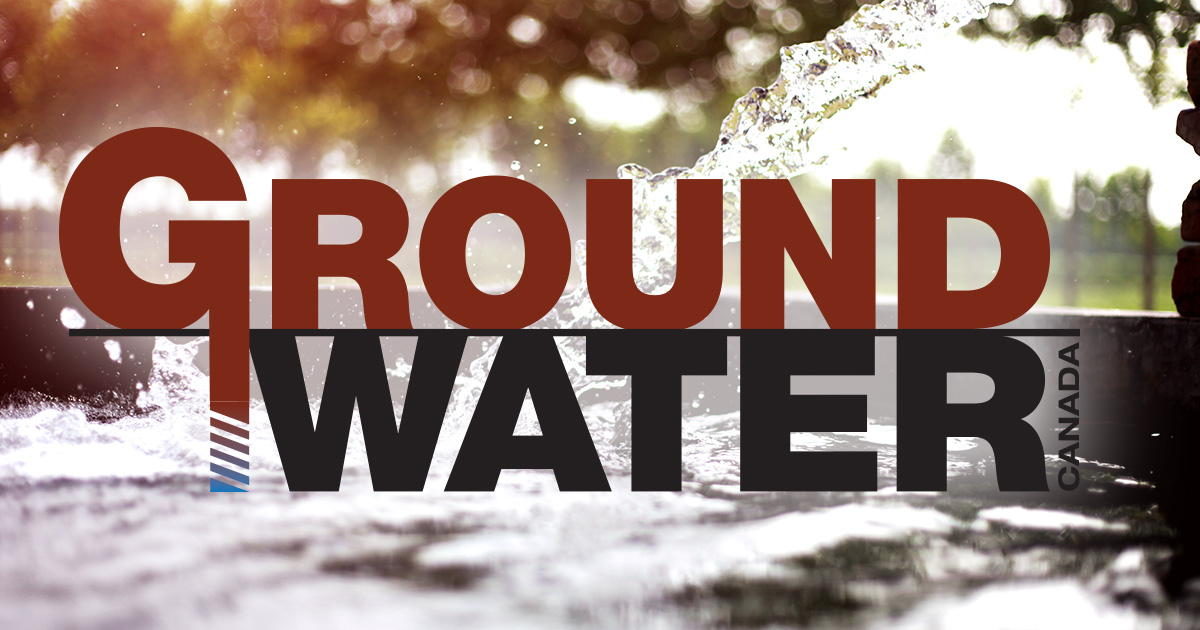
News
Contamination
Environment
Water Issues
Draft Science Assessment of Plastic Pollution confirms negative impact of plastic pollution on the environment in Canada
January 30, 2020 By Ground Water Canada

Gatineau, QC – Minister of Environment and Climate Change, Jonathan Wilkinson, and Minister of Health, Patty Hajdu, have published the Draft Science Assessment of Plastic Pollution, which sheds light on the extent of the plastic pollution problem in Canada.
Plastic pollution has emerged globally as a key environmental issue with increasing concerns on the impacts it has on the environment, human health, and the economy, Environment and Climate Change Canada said in a news release. Plastic ends up in our landfills; litters our parks and beaches; and pollutes our rivers, lakes, and oceans. Small particles of plastic are also pervasive in our environment, and people and wildlife are exposed through air, water, and food. To protect human health, safeguard the environment, and grow the economy, the government proposes taking action to reduce plastic pollution.
The Assessment confirms that larger plastic items like bags and straws can physically harm animals and negatively affect their habitat. Wildlife worldwide are injured or die when they mistake plastic for food or become entangled. The report also highlights microplastic pollution, noting evidence of negative effects on animals and the environment and uncertainties regarding the potential for effects on humans, which require more research. In light of this, the federal government plans to invest in research that will help expand our understanding of the impacts of plastic.
Scientists are invited to apply for funding.
The Assessment reviews the available scientific information regarding the impact of plastic pollution on the environment and human health. It confirms that plastic pollution is everywhere in the environment, including on shorelines, in surface waters, sediment, soil, ground water, indoor and outdoor air, drinking water, and food.
This draft science assessment of plastic pollution will help inform the government’s actions and policies as it follows through on its commitment to ban harmful single-use plastics. The goal is to have new regulations in place as early as 2021, where supported by scientific evidence and warranted, the release said.
The Draft Science Assessment of Plastic Pollution will be published on Jan. 31, 2020, in Part I of the Canada Gazette for a 60-day public comment period. Public comments will inform the final science assessment.
Quick facts
- The Draft Science Assessment of Plastic Pollution surveys the existing state of science and looks at the presence and effects of macro- and microplastic pollution on the environment and human health.
- Globally, about eight million tonnes of plastic pollution enter the oceans each year. This amount is equivalent to dumping one garbage truckload of plastic into the ocean every minute.
- Canadians throw away over three million tonnes of plastic waste every year. Only 9 percent is recycled while the rest ends up in landfills, waste-to-energy facilities, or the environment.
- In 2018, Canadians removed over 116,000 kilograms of litter from shorelines across Canada through the Great Canadian Shoreline Cleanup. The most commonly littered items on our shorelines are single-use or short-lived products (many containing plastics) such as cigarette butts, bottles and caps, bags, and straws.
- In Canada, up to 15 billion plastic bags are used every year and close to 57 million straws are used daily.
- By improving how we manage plastic waste and investing in innovative solutions, we can reduce 1.8 million tonnes of carbon pollution, generate billions of dollars in revenue, and create approximately 42,000 jobs.
Download the draft assessment.
Print this page